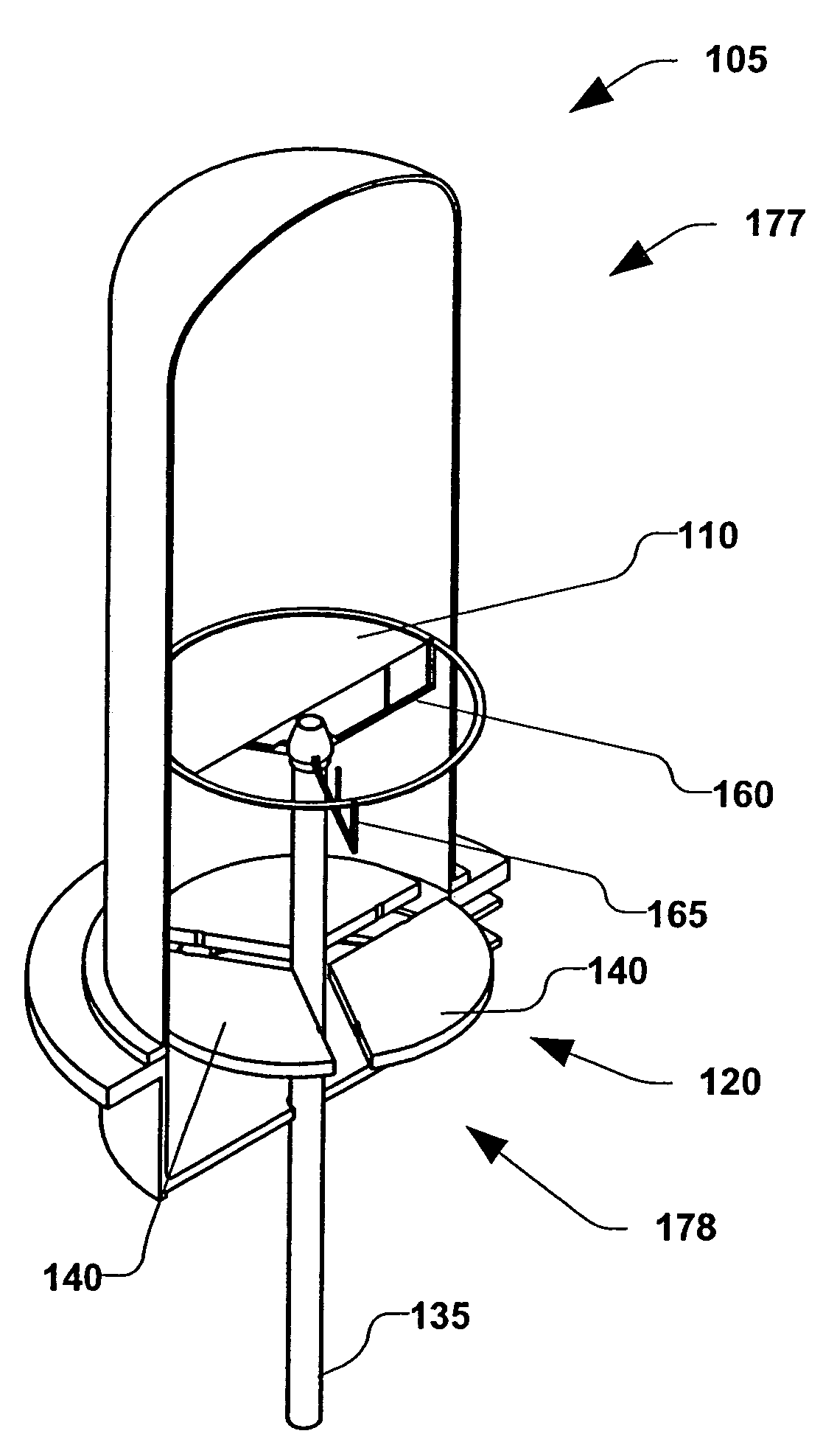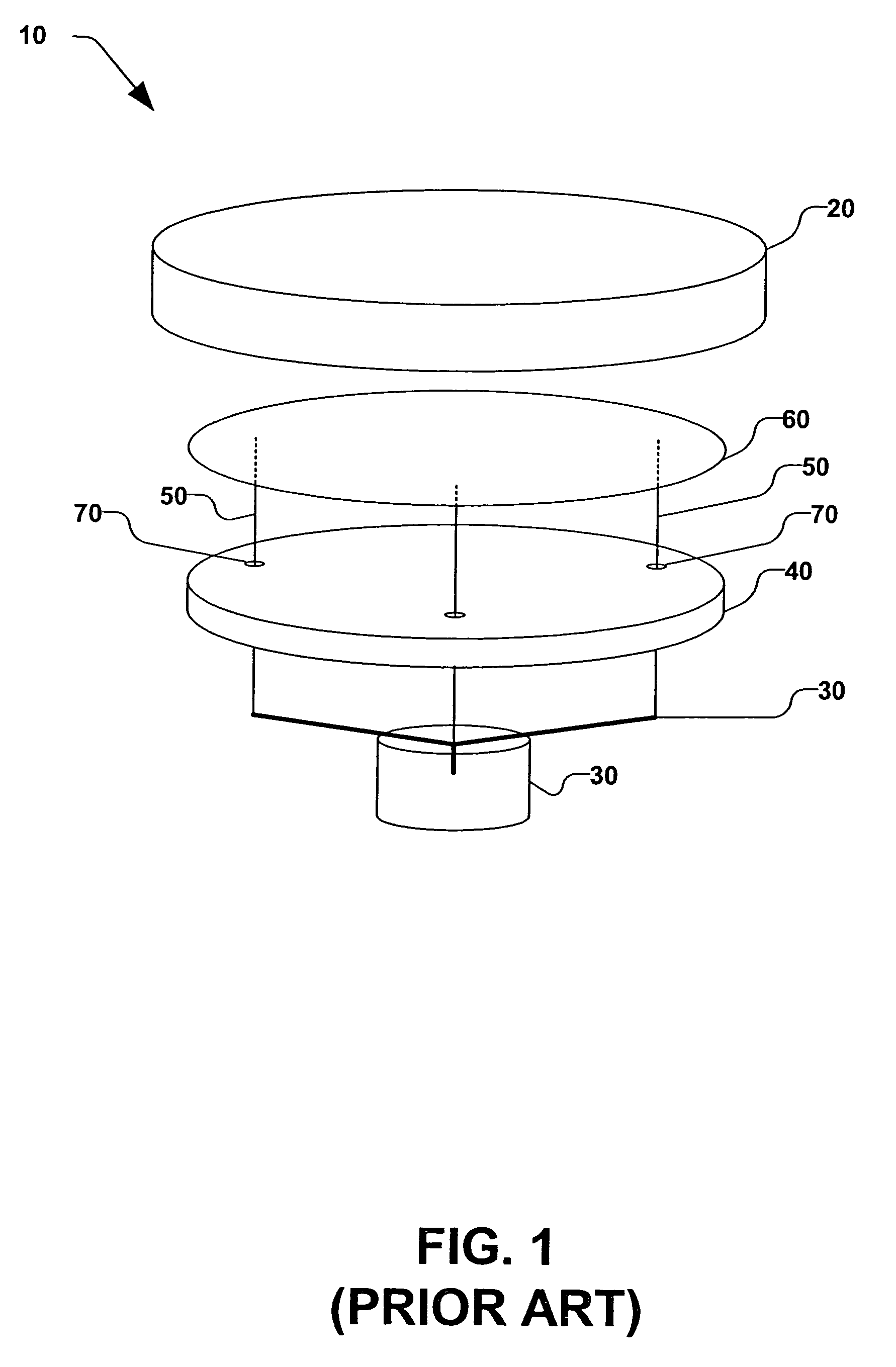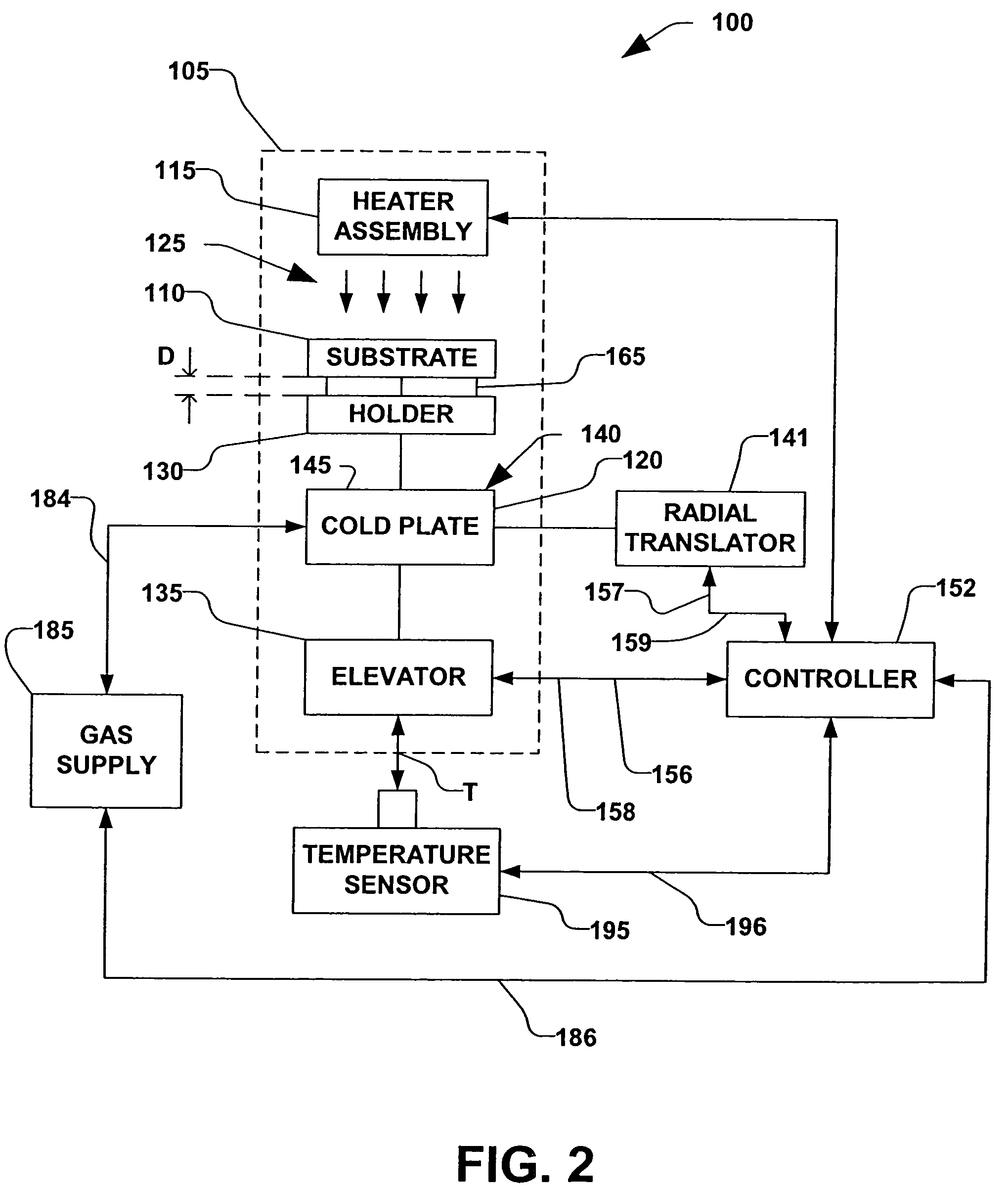Segmented cold plate for rapid thermal processing (RTP) tool for conduction cooling
a technology of conduction cooling and segmented cold plate, which is applied in the direction of chemical vapor deposition coating, drying solid materials, drying machines, etc., can solve the problems of increasing equipment cost and complexity, unpredictable deposited layer properties, and equipment footprint, so as to improve process control, efficient and uniform cooling, and efficient cooling of substrates
- Summary
- Abstract
- Description
- Claims
- Application Information
AI Technical Summary
Benefits of technology
Problems solved by technology
Method used
Image
Examples
Embodiment Construction
[0033]The present invention is directed towards a rapid thermal processing (RTP) system and an associated method and apparatus that incorporates several inventive features that improve the thermal processing system, reduce variations in a thermal profile associated with the RTP system, and improve process control therein. Accordingly, the present invention will now be described with reference to the drawings, wherein like reference numerals are used to refer to like elements throughout. It should be understood that the description of these aspects are merely illustrative and that they should not be taken in a limiting sense. In the following description, for purposes of explanation, numerous specific details are set forth in order to provide a thorough understanding of the present invention. It will be evident to one skilled in the art, however, that the present invention may be practiced without these specific details.
[0034]One exemplary aspect of the present invention provides a t...
PUM
| Property | Measurement | Unit |
|---|---|---|
| depths | aaaaa | aaaaa |
| sizes | aaaaa | aaaaa |
| diameter | aaaaa | aaaaa |
Abstract
Description
Claims
Application Information
 Login to View More
Login to View More - R&D
- Intellectual Property
- Life Sciences
- Materials
- Tech Scout
- Unparalleled Data Quality
- Higher Quality Content
- 60% Fewer Hallucinations
Browse by: Latest US Patents, China's latest patents, Technical Efficacy Thesaurus, Application Domain, Technology Topic, Popular Technical Reports.
© 2025 PatSnap. All rights reserved.Legal|Privacy policy|Modern Slavery Act Transparency Statement|Sitemap|About US| Contact US: help@patsnap.com



